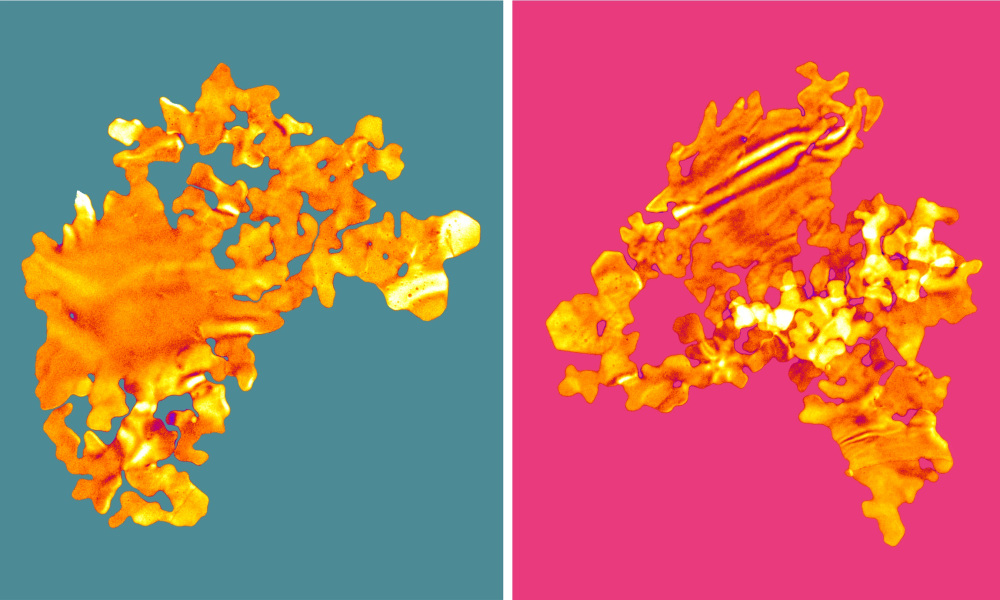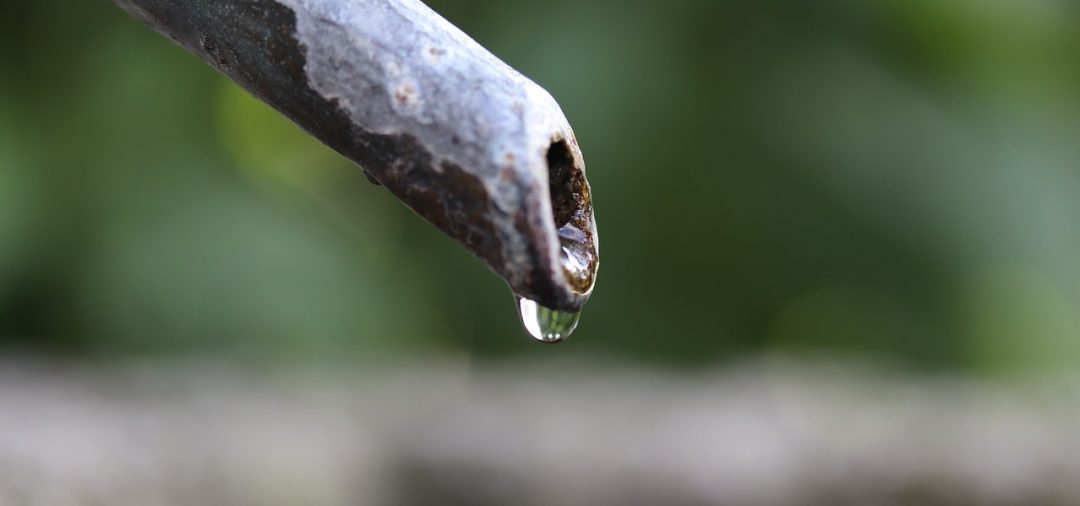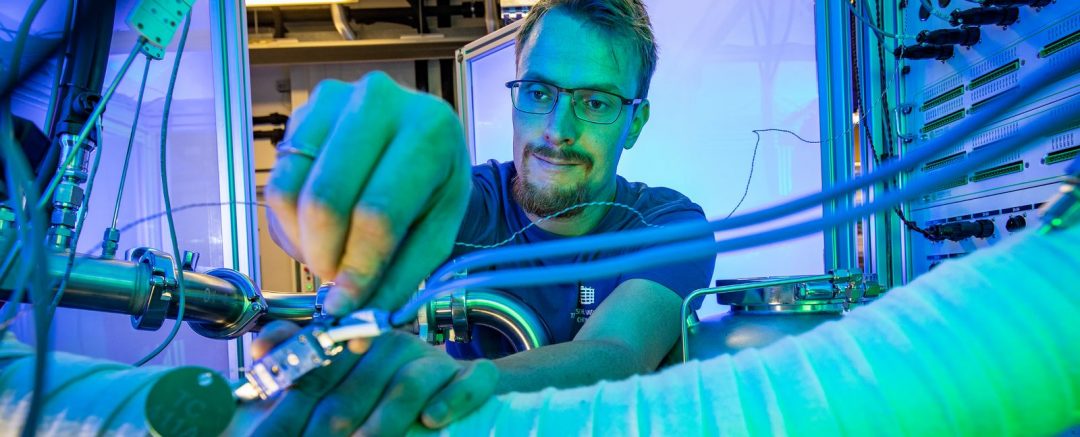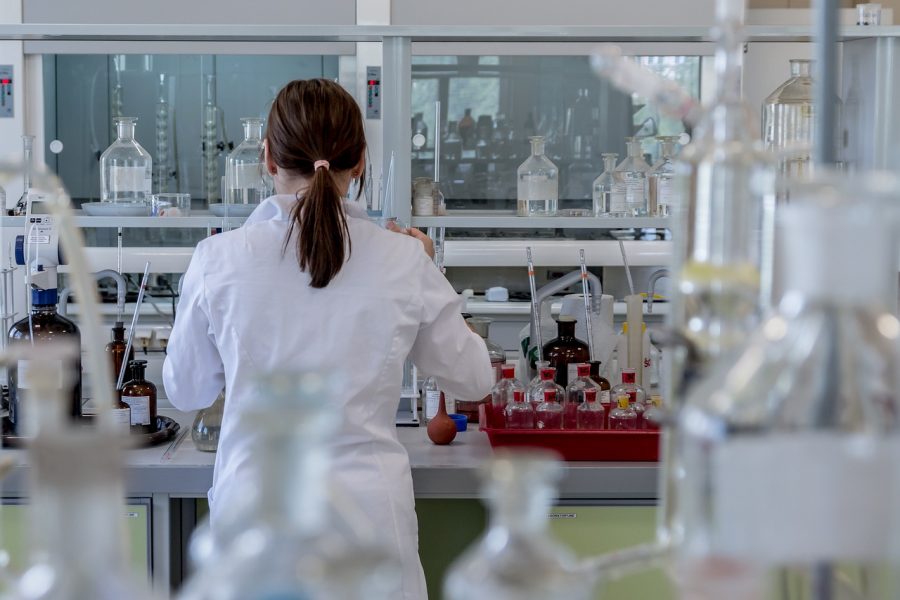Gold “nanoseaweeds” exhibit high efficiency as heterogeneous nanocatalysts and peroxidase-mimicking nanoenzymes.


Gold “nanoseaweeds” exhibit high efficiency as heterogeneous nanocatalysts and peroxidase-mimicking nanoenzymes.

By exploiting the capabilities of 3D printing, high performance composite magnets can be precisely patterned into complex shapes and architectures.

Scientists show that thin films of rust can be used to generate electricity with flowing saltwater.

Prof. Jungchul Lee reports a four degrees-of-freedom direct writing technique for liquid metal patterns.

The future of collaborative intelligence: a biomimetic lens that can zoom in and out at the blink of an eye.

Controlling microalgae production through wavelength and density of irradiating light.

As part of a strategic partnership, Chemnitz Technical University and Continental celebrate the inauguration of the newly established fuel cell laboratory.

Fabricating a 3D-printed architectured robotic body with deformable lightweight cellular structures.

How magnetic targeting of drugs and/or magnetically induced release of drugs can be harnessed to improve the treatment of cancer.

Researchers in Italy introduce the problems and the reasons behind the need for different simulation strategies and they guide the reader through the pros and the cons of each method with respect to the others.